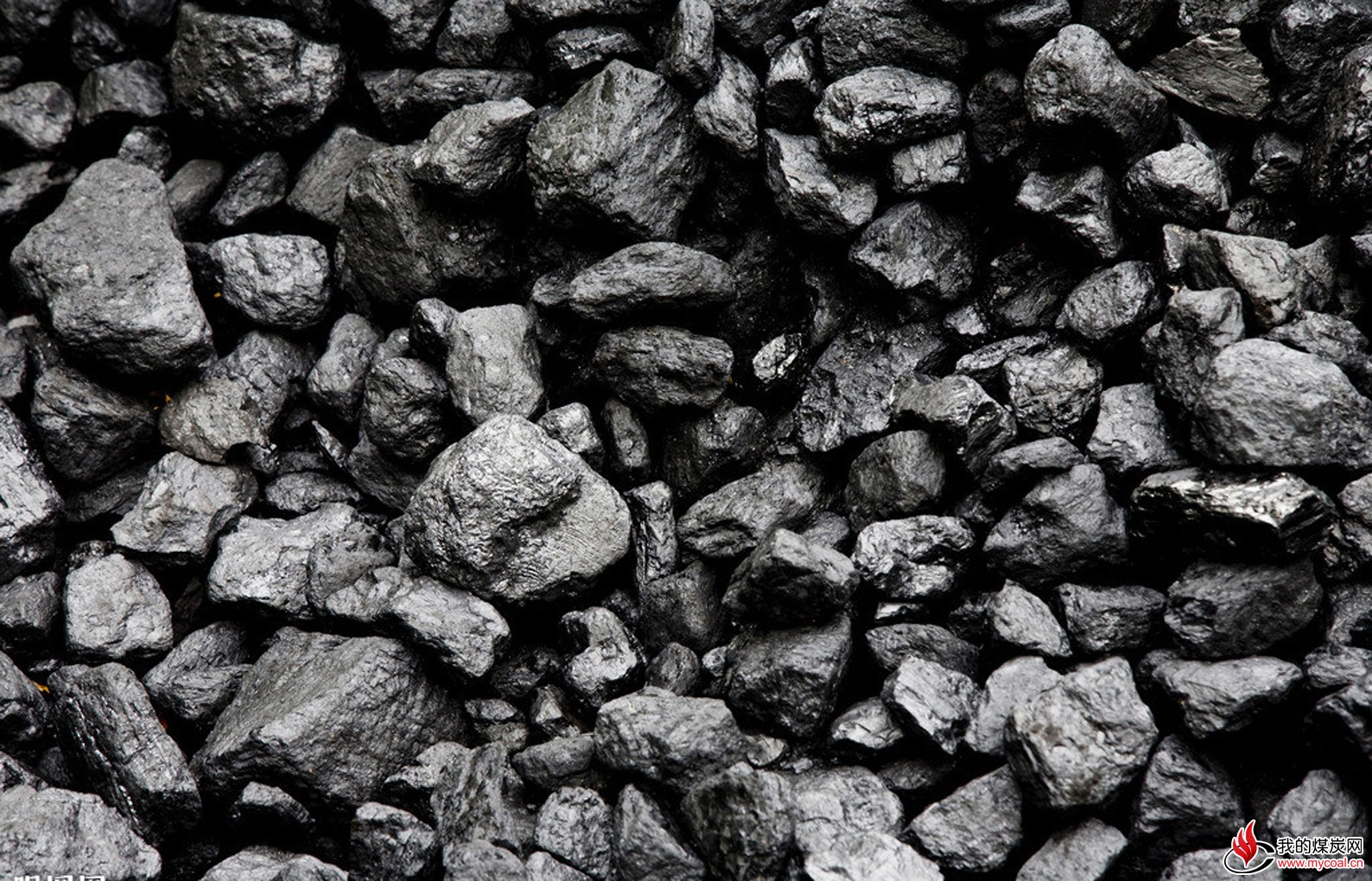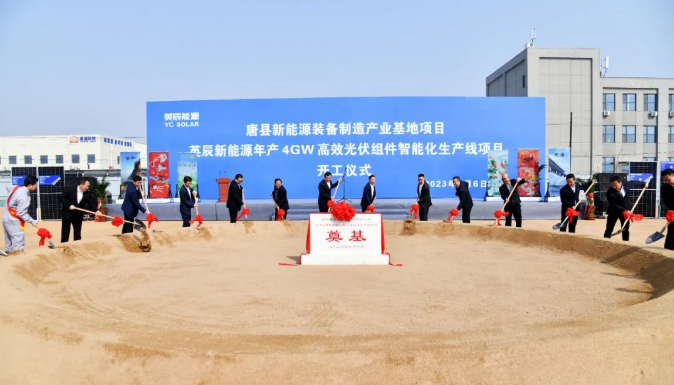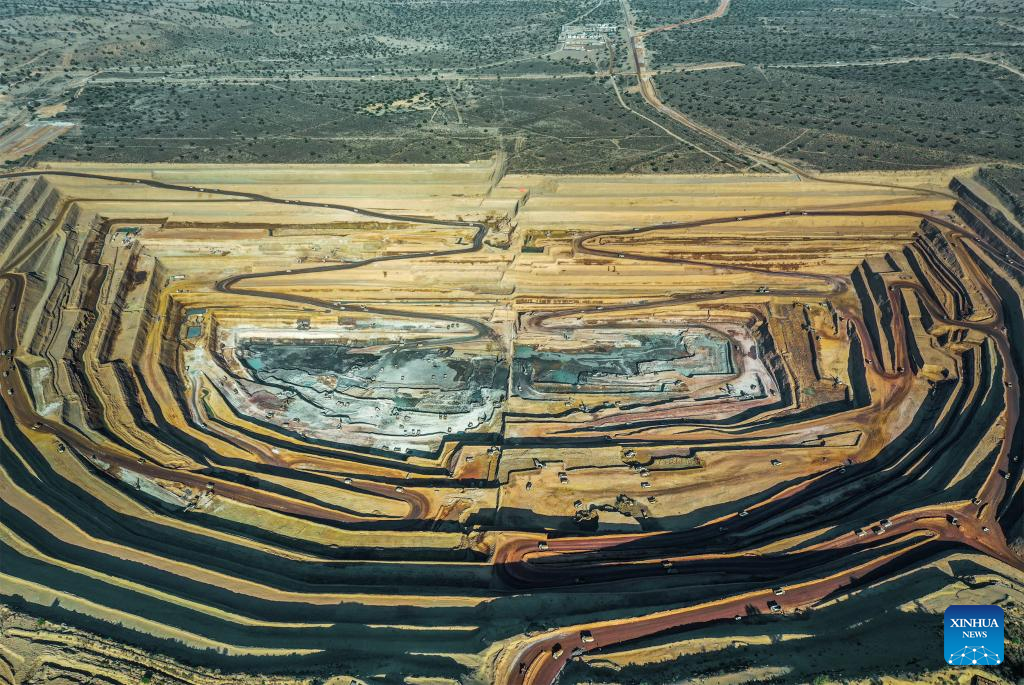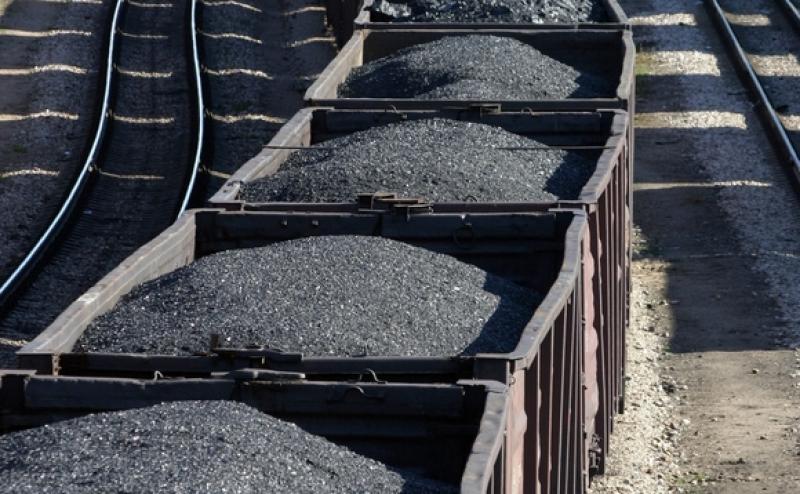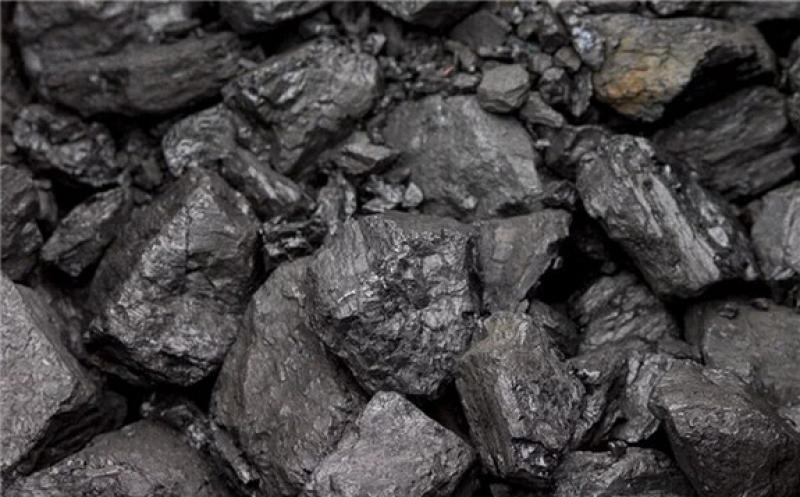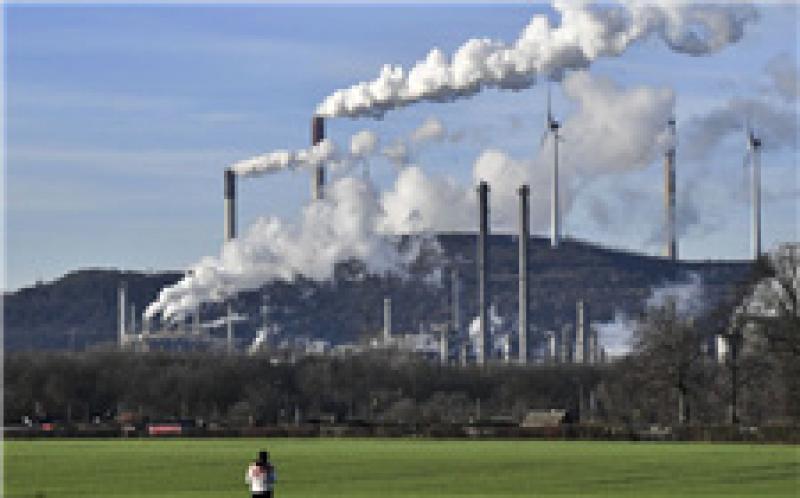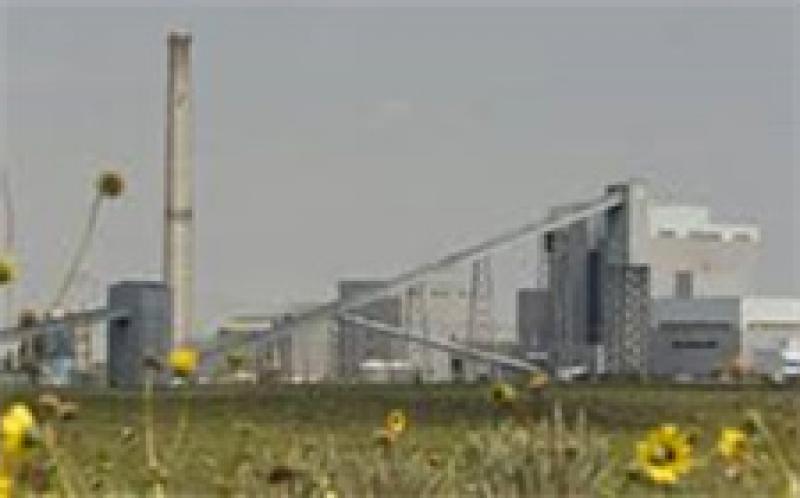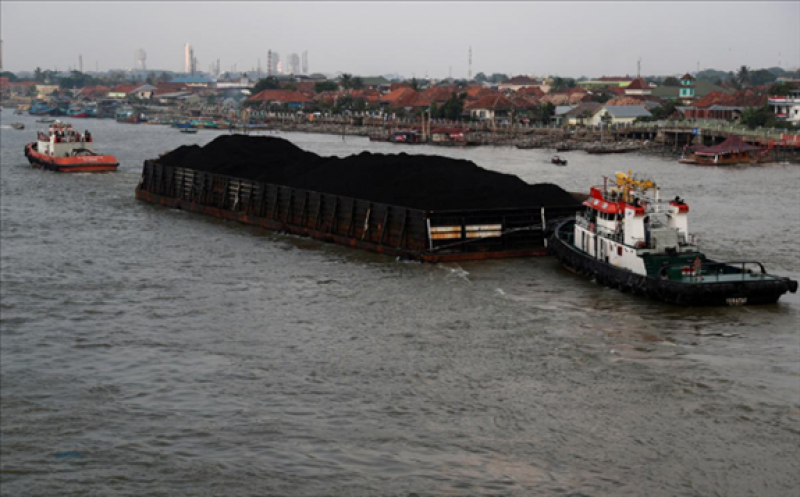 FILE PHOTO: A coal barge passes along Musi river in Palembang, Indonesia, August 15, 2018.
FILE PHOTO: A coal barge passes along Musi river in Palembang, Indonesia, August 15, 2018.
After riding China’s demand train for nearly two decades, Asia’s coal industry is looking to a future of smaller markets and slimmer pickings, as buying declines in the world’s second-biggest economy and climate change concerns blunt demand.
By far the biggest user of coal-fired power, China is buying less thermal coal from global markets, said delegates to Asia’s premier coal conference last month in Bali, both as renewables gain market share and as it digs up more of its own supply.
A backlash against coal is also growing in the West. Last week, investors managing nearly half the world’s invested capital demanded ahead of a Group of 20 summit in Osaka that governments take urgent action on climate change.
Delegates to Coaltrans in Bali, Indonesia, however, said that while coal’s glory days are done, reports of its imminent demise have been greatly exaggerated.
“Coal will continue to provide low-cost energy. We are looking at increasing demand in Southeast Asia, so we are still positive,” said Hendri Tan, marketing director at PT Adaro Indonesia, a unit of PT Adaro Energy (ADRO.JK), Indonesia’s second-biggest coal producer.
Indonesia is the world’s biggest exporter of thermal coal, used primarily for power generation, shipping out 429 million tonnes last year and accounting for 43% of the 1 billion-tonne-a-year seaborne market, according to Australian government data.
Around 124 gigawatts (GW) of coal-fired power capacity is under development in Southeast and South Asia, both key markets for Indonesia, and that is expected to offset declining demand from China, said the chairman of Indonesia Coal Mining Association, Pandu Sjahrir.
Indonesia itself is expected to add some 50 million tonnes a year of coal-fired power demand by 2023, he said, a rise of 55% that would make it one of Asia’s biggest consumers.
As China takes less, economies like India, Vietnam, Thailand, Myanmar, Cambodia, Philippines are also expected to pick up the slack, delegates said.
Between 2014 and 2018, China’s coal demand fell by 2.4%, while India’s swelled by 16.7%, according to BP’s Statistical Review of World Energy report this year. Over the same period, Vietnam’s coal use grew by 65% and Indonesia’s by 36%, helping to offset falls in the United States, Japan and Germany as well.
Indonesia shot to prominence as a coal producer last decade as it dug out and shipped the fuel to meet power demand from China, eventually outstripping then leader Australia.
As China’s manufacturing might grew, so too did its hunger for electricity, turning it into a net thermal coal importer around 2004. That was a bonanza for miners and helped establish Coaltrans in Bali as the industry’s main event in Asia.
During the boom years, companies would battle to outdo each other at Coaltrans with lavish beach parties. One Uzbekistan company flew in belly dancers to entertain potential customers drinking free-flow vodka and eating caviar, delegates said.
“People were throwing money at everything,” said SMG Consultants’ Alistair MacDonald, who has attended Coaltrans since 2000. But times have changed, he said.
“The bankers aren’t here. A lot of the services like insurers aren’t here any more,” he said. “It’s a lot more domestic (Indonesian) players, and they want to be perceived as energy companies, not as coal companies.”
Staring at prospects of tougher conditions ahead, Indonesia’s large thermal coal miners are diversifying into other geographies and other industries, Sacha Winzenried, a partner at PriceWaterhouseCoopers, told Reuters.
“They are looking into renewables, other infrastructure, supply chain support such as water, utilities, shipping and logistics,” Winzenried said.
Indonesia’s Adaro Energy bought an Australian coal mine from Rio Tinto (RIO.L) (RIO.AX) last year. And Indonesian state coal miner Bukit Asam (PTBA.JK) is targeting commercial operation of four coal processing plants in South Sumatra that would extract gas from, as well as burn, coal.
Delegates also noted the difficulty of getting financing for their businesses, working capital and further investments, and some were pessimistic on the coal industry’s longevity.
One mining engineer in his fifties, who had spent most of his career in coal at a major miner and also had an MBA, saw his career options as limited.
“I’ve spent twenty years in coal. Where can I go next?” he said. “I would not recommend any young people join this industry.”
Still, renewables are not expected to make the same inroads in emerging Asian economies as in developed nations, because Asian governments are working to provide cheap baseload power from coal, and renewables can’t compete on scale or price, said an industry analyst, declining to be named due to his listed company’s policy.
“Less coal will mean a less polluted world,” he said. “But if you don’t want (coal) to exist, then you have to come up with a realistic alternative.”
